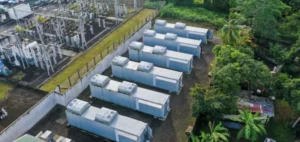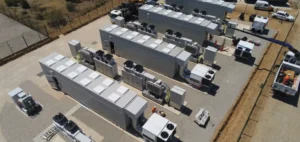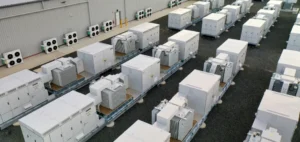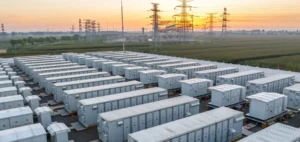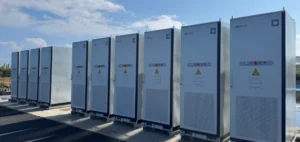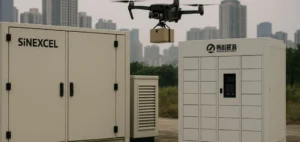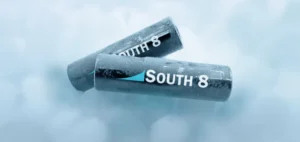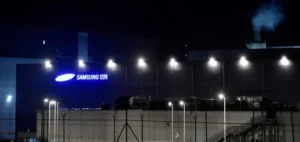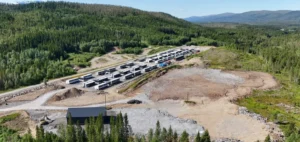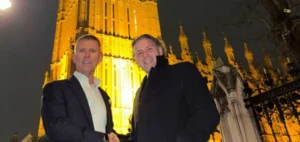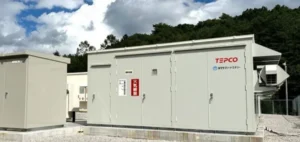China is experiencing an explosion in energy storage projects, aimed at easing the transition to renewable energies. A striking example is the 795 MW power plant in Shandong, featuring batteries capable of storing up to 1 million kilowatt-hours of electricity, enough to power 150,000 homes for a day. Built by Lijin County Jinhui New Energy Co, this plant illustrates the scale of Chinese investment in this sector.
This effort is supported by a governmental call for even greater investment to overcome grid bottlenecks and maximize the use of renewable energy. The rapid development of storage capacity is essential for balancing electricity supply and demand, particularly in a context where wind and solar farms sometimes produce more electricity than the grid can handle.
Challenges facing the energy storage sector
Despite massive investment, China’s energy storage sector faces major challenges. Profitability remains a key issue, as pricing mechanisms and technological improvements struggle to keep pace with growth. According to Simeng Deng, Senior Analyst at Rystad Energy, many players in this sector are still looking for ways to monetize their investments.
Last year, investment in grid-connected batteries in China rose by 364% to 75 billion yuan ($11 billion), creating the world’s largest storage fleet with 35.3 GW in March. In May, China set a new target of at least 40 GW of battery storage by the end of 2025, increasing its previous target by 33% as part of a broader plan to reduce carbon emissions.
Policies and regulations at stake
To meet these targets, local governments have required renewable energy installations to incorporate storage solutions, leading to rapid capacity growth. However, highly regulated electricity markets make it difficult to encourage the effective use of this capacity, particularly in solar and wind power installations. The China Electricity Board reports that storage in renewable facilities operated on average just 2.18 hours a day last year, compared with 14.25 hours a day for industrial and commercial facilities.
Cosimo Ries, analyst at Trivium China, points out that mandatory political mandates have often failed because they increase project costs without offering sufficient utilization of installed capacity.
Innovations and Technological Progress
China’s energy storage sector is undergoing significant technological advances. The new Shandong power plant uses both lithium-ion and vanadium redox flow batteries, a promising technology offering longer storage times and improved safety. Lower battery prices are also improving storage economics in China, with costs falling by 20% between the end of 2023 and mid-June 2024.
Differentiated prices for peak and off-peak periods, implemented in coastal provinces such as Guangdong, enable storage providers to sell stored electricity at higher prices, boosting their profitability.
Perspectives and Necessary Reforms
Despite this progress, market reforms are needed to give storage operators greater incentives to invest. Some industry players are calling for wider use of capacity payments to maintain ailing coal-fired power plants, with costs borne by customers. Storage technologies such as thermal storage, redox flow batteries and sodium-ion batteries show promising potential for longer storage times, although their initial cost remains high and their supply chains less mature.
China is also increasing its pumped storage projects, an established technology but with geographical limitations and long construction times. At the same time, it encourages demonstration projects for emerging technologies, balancing its bets on different storage solutions to ensure a successful energy transition.




